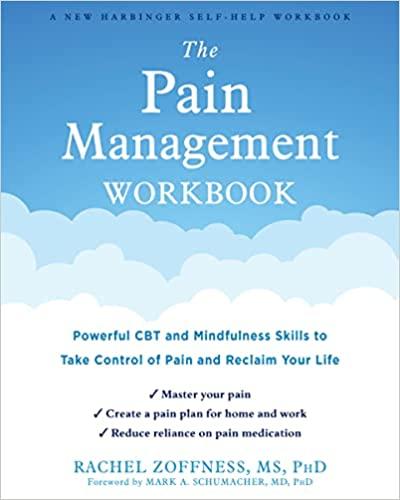Question
A large chemical corporation (CC) is considering constructing an insecticide plant. Local authorities, who are part of the venture, have approved the construction and operational
A large chemical corporation (CC) is considering constructing an insecticide plant. Local authorities,
who are part of the venture, have approved the construction and operational plans; all
considered alternatives satisfy local safety and environmental regulations. If CC decides to construct
a plant, it must choose between two different production processes. The less efficient process
uses the rare, expensive, but innocuous chemical Snowwater. The more efficient process requires
the cheaper but highly volatile and poisonous chemical, Lakethunder.
The probability of an accident at a plant using Lakethunder depends on the performance of the
plants elaborate safety system. A release of Lakethunder, should one occur, would cost CC $90M
and result in 900 deaths. The release of the poisonous gas Lakethunder may result from deliberate
sabotage or an accidental safety system malfunction.
Sabotage may be committed by insiders or outsiders. There is a probability of 2.0E-3 per year
that an insider will attempt sabotage. If an insider attempts sabotage, we assume he or she will be
successful in releasing the poisonous gas. We also assume that outsiders will attempt to sabotage
the plant one time during the year. For outsiders to successfully cause a poisonous gas release,
they must circumvent both the plant security system (probability 5.0E-3) and the safety system
controls (probability 1.0E-1).
The probability of an accidental safety system malfunction is dependent on the occurrence of a
chemical reaction (probability 2.0E-1) in the plants storage tanks.
For an accidental safety system malfunction to occur, either the cooling subsystem must fail (probability
given chemical reaction 5.5E-3 and probability given no chemical reaction 8.0E-4) or the
venting subsystem must fail. For the venting system to fail, the release valve must fail (probability
given chemical reaction 9.0E-1 and probability given no chemical reaction 6.0E-1), the alarm must
fail (probability given chemical reaction 5.0E-1 and probability given no chemical reaction 1.2E-1),
the operator must err (probability given chemical reaction 8.0E-1 and probability given no chemical reaction 7.5E-1), and the scrubber must fail. The scrubber can fail either by being clogged
(probability given chemical reaction 3.2E-2 and probability given no chemical reaction 8.0E-2) or
by leaking (probability given chemical reaction 1.0E-4 and probability given no chemical reaction
3.0E-5).
(1) Draw a functional block diagram for the operations of the Lakethunder plant that would prevent
an accidental safety system malfunction. You do not need to include sabotage or the security system
in the functional block diagram. Remember that a functional block diagram represents what needs
to operate in order for the system to function correctly.
(2) Draw a fault tree that includes the elements (both physical components and people) that would
lead to a chemical release of the gas Lakethunder. The fault tree should include both the accidental
safety system malfunction and sabotage (both insiders and outsiders).
(3) Find the minimal cut sets for the failure modes leading to a chemical release of Lakethunder.
(4) Calculate the probability of a chemical release.
(5) Assume that CC decides to construct the plant that uses Lakethunder. CC has budgeted
$100,000 to prevent sabotage. Should it be spent to reduce the probability of
1. insider sabotage from 2.0E-3 to 2.0E-4,
2. an outsider circumventing plant security from 5.0E-3 to 5.0E-4, or
3. an outsider circumventing the safety system controls from 1.0E-1 to 1.0E-3?
Assume the cost of implementing each option is $100,000. Explain your answer.
(6) Now assume that outsiders will attempt to sabotage the plant a second time during the year if
they are unsuccessful the first time. Because they learn about the plants security during their first
attempt, the probability that the outsiders circumvent the plant security increases to 5.0E-2. The
probability they circumvent the safety system controls increases to 2.0E-1. Calculate the annual
probability of a chemical release. Assume the mitigation activities discussed in part 5 have not
been implemented.
Step by Step Solution
There are 3 Steps involved in it
Step: 1

Get Instant Access to Expert-Tailored Solutions
See step-by-step solutions with expert insights and AI powered tools for academic success
Step: 2

Step: 3

Ace Your Homework with AI
Get the answers you need in no time with our AI-driven, step-by-step assistance
Get Started


